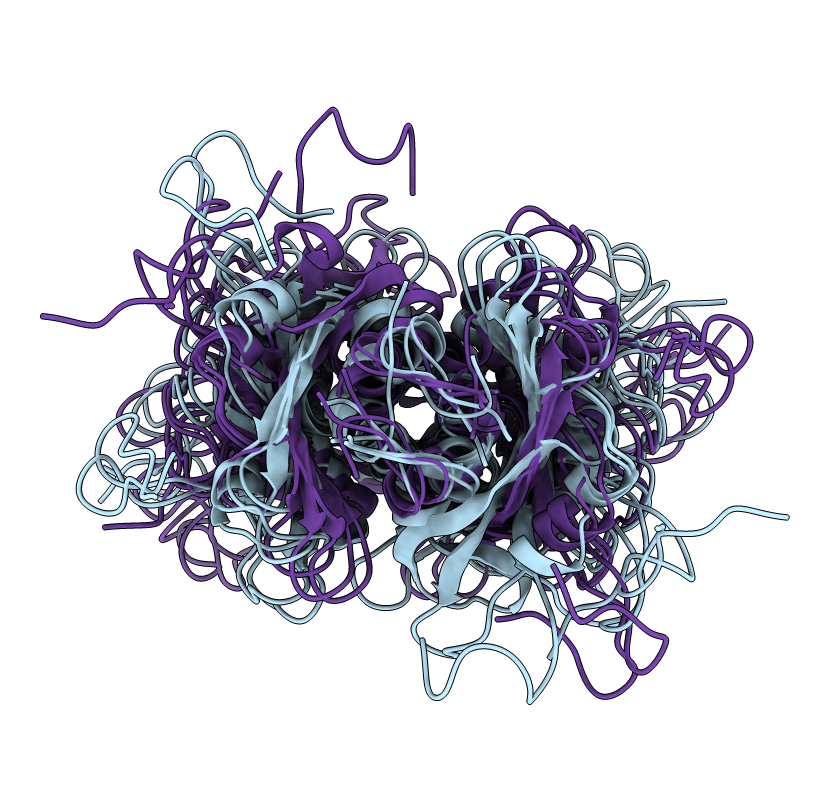
Deposition Date
2000-02-11
Release Date
2000-04-09
Last Version Date
2024-05-15
Method Details:
Experimental Method:
Conformers Calculated:
35
Conformers Submitted:
16
Selection Criteria:
LEAST NOE VIOLATION ENERGY


